Overview of the Canadian Software Engineering Interview Process
For software engineers considering a move to Canada, understanding the recruitment process is key. Especially for those whose first language is not English, preparing can feel daunting. This guide breaks down the early stages of technical interviews for engineering positions in Canada: crafting your resume, acing coding assessments, and excelling in phone interviews.

Step 1: Building and Submitting Your Resume
Getting your resume in front of decision makers often requires leveraging connections or finding recruiters. While sometimes a recruiter may reach out directly, it's usually more effective to:
- Get Referrals: Reach out to current employees at your target companies. Having someone on the inside refer you can rapidly boost your chances, especially since many organizations offer referral incentives to their staff.
- Connect With Recruiters: Use platforms like LinkedIn to contact company recruiters. Since recruiters often earn a commission for successful hires, they're motivated to help candidates progress.
Don’t be hesitant about requesting referrals—even if you don't know the person well. Many tech workers are open to helping, or even actively offer to refer candidates within online communities. Be polite and considerate in your approach; introduce yourself, build a brief rapport, and explain your interest.
Participate in online industry meetups, which have become more accessible. These virtual events are a great way to network with local professionals, and some are offered in multiple languages for non-native English speakers.
While cover letters are traditionally part of job applications, most tech companies in Canada don't prioritize them for engineering roles. Still, prepare a concise, targeted resume (ideally one page). Key tips include:
- Highlight impactful projects and your unique contributions.
- Use quantifiable metrics where possible (e.g., "Raised system throughput by 40% using database optimization techniques").
- Structure your experience to showcase depth and relevance rather than simply listing past job titles.
Your resume isn’t just to get past the initial screening—it will also serve as the basis for technical interviews and discussions about your experience.
Step 2: Preparing for Online Coding Assessments
Technical hiring often involves an online coding challenge before further interviews. To get ready:
- Familiarize yourself with testing platforms (LeetCode, HackerRank, Codility, etc.).
- Practice solving problems in a timed, browser-based environment to simulate the real assessment.
- Work through recent questions that companies have asked—many community forums share these experiences.
Practicing under real-world conditions will help you adapt to the pressure and technical requirements of the assessment stage.
Step 3: Navigating the Phone Screen
Phone interviews in Canada typically fall into two categories:
- Conversational Phone Screens: Here, the focus is on your fundamental computer science knowledge, your professional background as shown on your resume, and possibly a review of your online assessment submissions.
- Coding Phone Interviews: This version combines technical questions with live coding. You'll be asked to solve problems in a shared editor (like Google Docs or Collabedit) while explaining your reasoning in real time. Communication is crucial—check frequently that the interviewer is following your logic and that you’re aligned throughout the exercise.
The format may vary, but basic computer science fundamentals and your previous work experience will be discussed no matter what. While phone interviews may be a bit less challenging than onsite interviews, preparation is key—careless errors or confusion can still derail your progress.
Before a phone interview:
- Review your responses from previous coding assessments.
- Double-check which version of your resume the company has, especially if you've tailored it for different roles.
- Brush up on fundamentals (e.g., algorithms, data structures, time complexity).
There are many free and paid resources to help you prepare. For example, cheat sheets summarizing algorithm complexities and common interview questions can be extremely useful.
| Resource Type | Suggested Tool/Book |
|---|---|
| Algorithm Complexity Reference | Big O Cheat Sheet |
| Interview QA Practice | Tech Interview Cheat Sheet |
| Comprehensive Interview Prep | Cracking the Coding Interview |
Final Thoughts
The Canadian hiring pipeline for software engineers has a clear structure: your resume gets you in the door, coding tests demonstrate your technical ability, and phone interviews assess both knowledge and communication. By focusing on these early stages, and preparing intentionally for each step, you'll maximize your chances of progressing to onsite interviews and, ultimately, job offers.